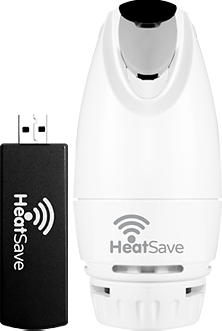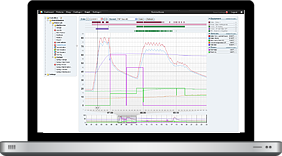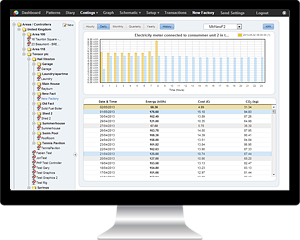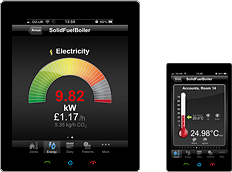Infrastructure Company announces five year smart meter deployment plan

The organisation leading the design, build, test and integration of the data and communications infrastructure needed to connect smart meters with energy suppliers and network operators has revealed a five-year plan for deploying smart meters across the country, a recent news report has been able to suggest.
The Data Communications Company (DCC) says it will develop its secure data network to make the UK more connected, enable consumers to be more sustainable, facilitate faster switching and boost innovation.
It notes while its immediate priority remains maintaining the smart meter deployment rate of 20 units being installed per minute, it will also deliver a range of other improvements, such as dual-band communications hubs to connect with smart meters in blocks of flats or homes with thicker walls.
The report commits to making smart meters available to every household, promising to “extend coverage in a cost effective way to the remaining properties that do not have a signal”.
It adds: “By 2021, our Communication Services Providers will have delivered the maximum contracted coverage levels of at least 99.5% in the North Region and at least 99.25% in the Central and South Regions.”
It also plans to bring first-generation meters (SMETS1) onto its centralised network, solving the issue of meters potentially losing their functionality when an energy supplier changes.
HeatingSave – leading developers of Smart Energy Monitoring and Management Systems
If you would like to accurately monitor your energy usage but you don’t want to find yourself tied to a single supplier via their smart meter, then the HeatingSave energy monitoring system should be the solution of choice.
The HeatingSave Building Energy Monitor is a wireless management system that collects information from sensors placed in a building. It is unobtrusive and causes minimal disruption during installation. The system collects internal and external temperature data, along with information on how the heating system works and details of energy use. It also monitors the way a building is used in terms of its occupancy and the occupants’ activities and lifestyles.
Using a password protected standard WiFi connection, sensors can quickly be set up to review and quantitatively analyse the data with user-friendly software graphics, via a laptop, PC, mobile phone or tablet-based device.
A cable connection to the building router also enables data to be uploaded to HeatingSave’s cloud storage servers, where it can be analysed by sophisticated software. This provides a clear understanding of the real impact of energy efficiency measures, for example through pre-installation analysis and post-installation monitoring.
Building owners can access their energy usage details online to help them manage energy use more efficiently. This information is presented using a dashboard system that provides consolidated and drill down views of the energy use data.
Uniquely to HeatingSave, with only a few modifications, the Energy Monitor can also be used for controlling heating and electricity consumption within a dwelling, for even better savings.
If you’d like to find out more about the HeatingSave Building Energy Monitor and just how easily it can be deployed within any home, just contact us, and we’ll be more than happy to answer any of your questions and queries.






